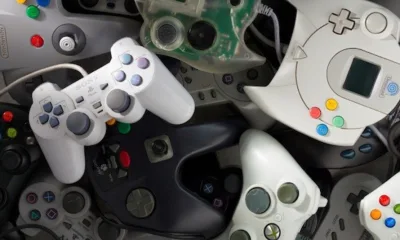Best Of
5 Video Game Consoles You Never Knew Existed
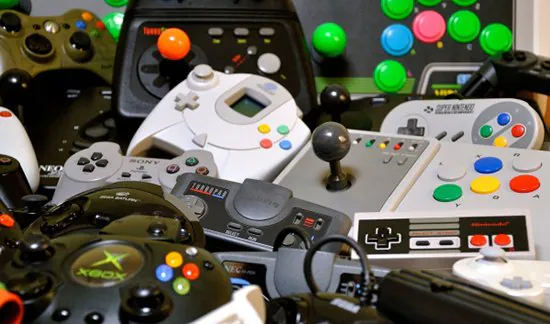
Everyone's heard of PlayStation, Xbox, and Switch, true. What many haven't heard heard of, however, are consoles like, say, the HyperScan, or the Casio Loopy. And to be fair, you aren't expected to, as these are just two of the many examples of consoles that simply failed to garner an audience worth talking about. And as it goes, there are quite a few unnoteworthy bits of kit on the market these days, a lot of which haven't seen the light of day since their debut.
So, what's the fuss with these lookalikes, and what hoops will you have to hurl yourself through to get your hands on just one of them? Well, here's all you need to know about the five most unheard of video game consoles of all time.
5. Casio Loopy
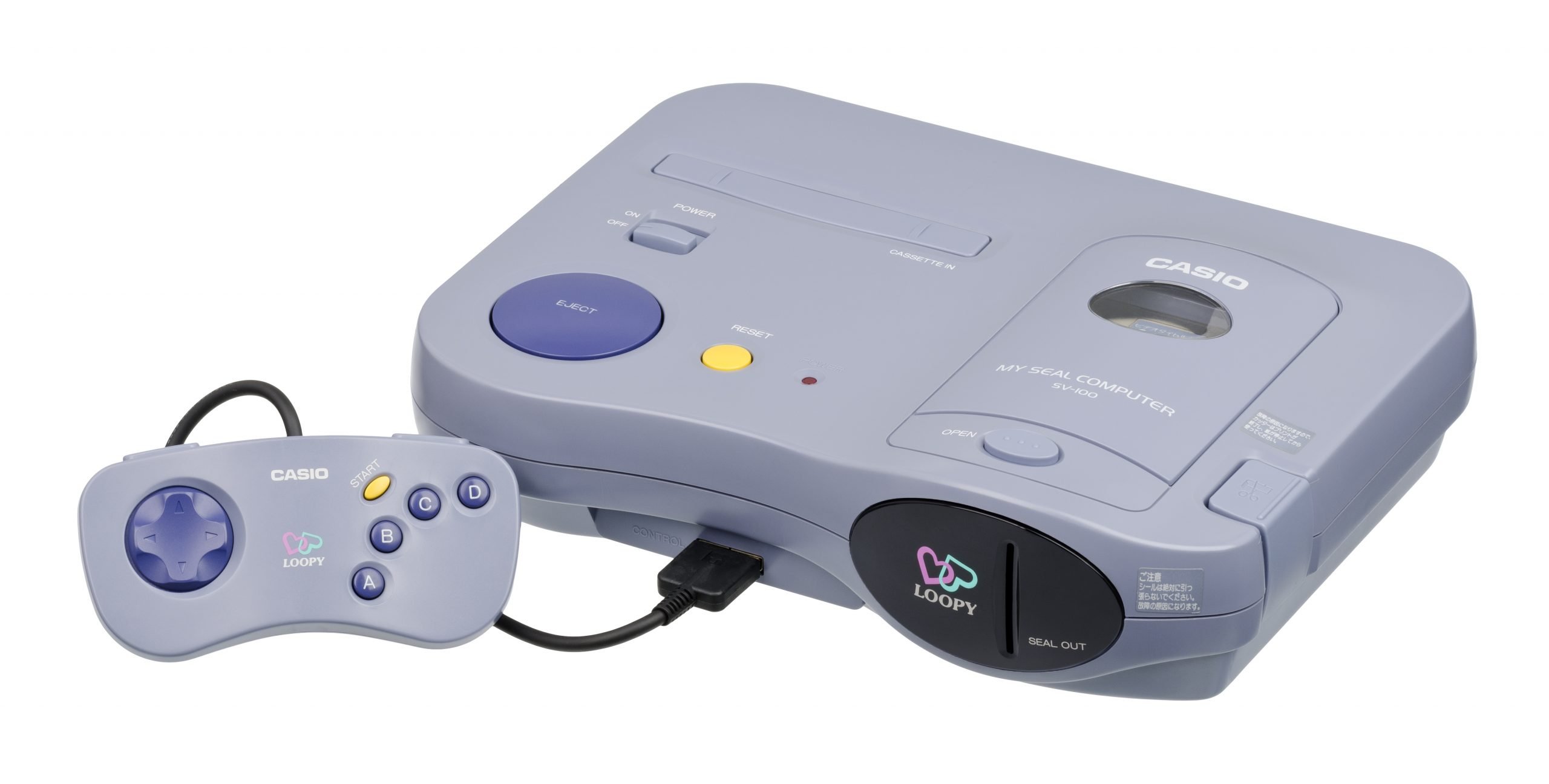
If you just so happen to be the proud owner of a game titled I Want a Room in Loopy Town!, then you're more than likely in receipt of a Casio Loopy, a 32-bit console with a rather strict target demographic. Fat chance, of course, as the piano-based company actually ended its production way back in 1998 after a rocky three-year stint in the Japanese market.
The Casio Loopy launched with just ten games loaded to its core, which, like the marketing campaign suggested, were all targeted towards the female gamer. Its USP, believe it or not, was a thermal printer, which users could use to capture in-game screenshots, edit them with text, and then print them as miniature stickers. This console would've set a buyer back by around $200 in 1995. Today, you can pick it up for, well, $50, give or take.
4. HyperScan
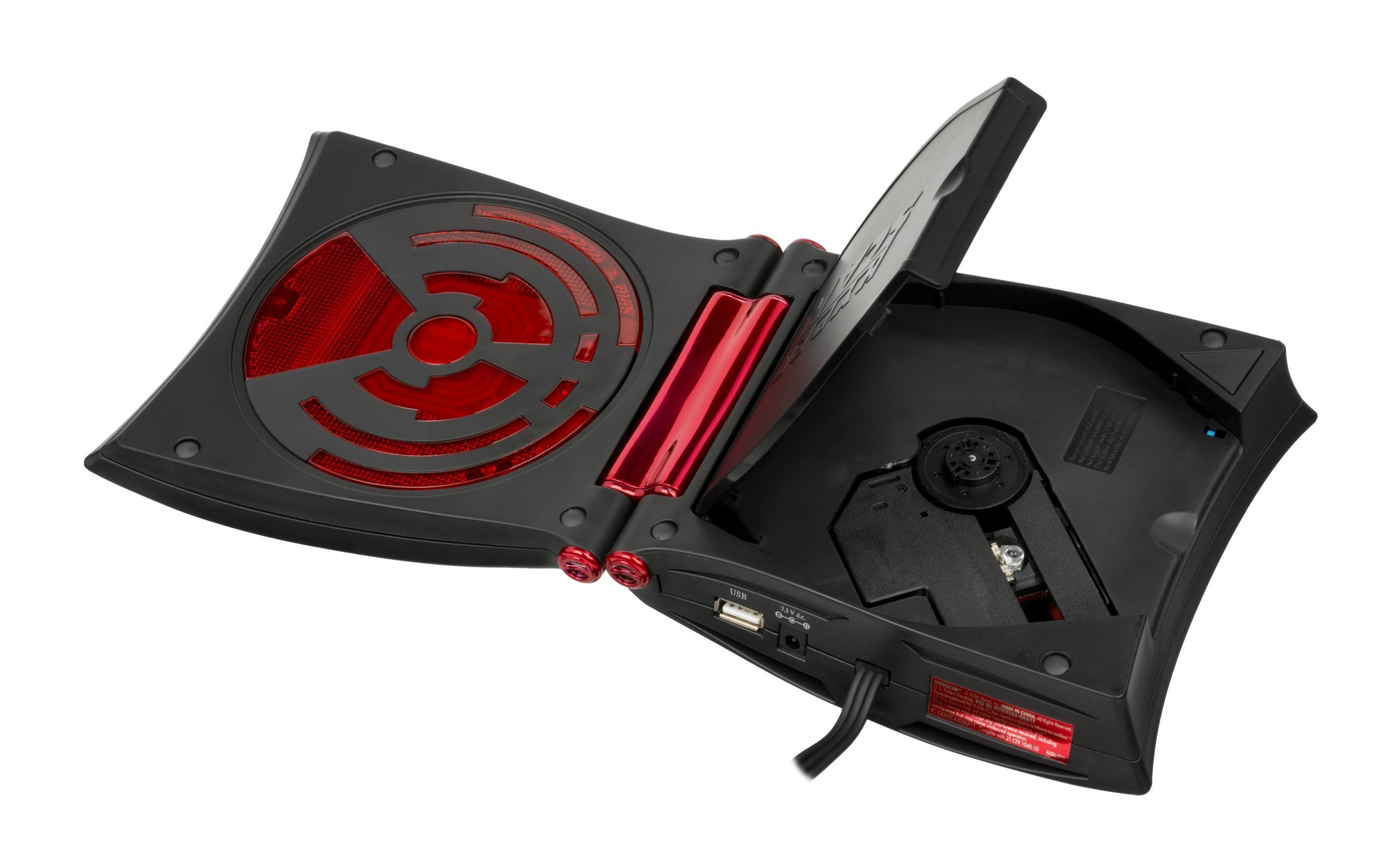
Toy manufacturing company Mattel, if you can believe, actually dipped its toes in the gaming industry way back in the early noughties. Its concept was arguably ahead of its time, too, which was to develop a console that also incorporated physical trading cards. By purchasing a certain card, users could scan it onto the hardware and, in turn, unlock a variety of new games, levels, and modes.
The problem with the HyperScan, though, wasn't with its blueprint, but more the botched mechanics of the system itself. This included poorly assembled games, painfully long loading times, and countless breakable components. Because of this slew of issues, the HyperScan only managed to survive the market for a year, with Mattel closing up shop in 2007. Ouch.
3. Apple Pippin
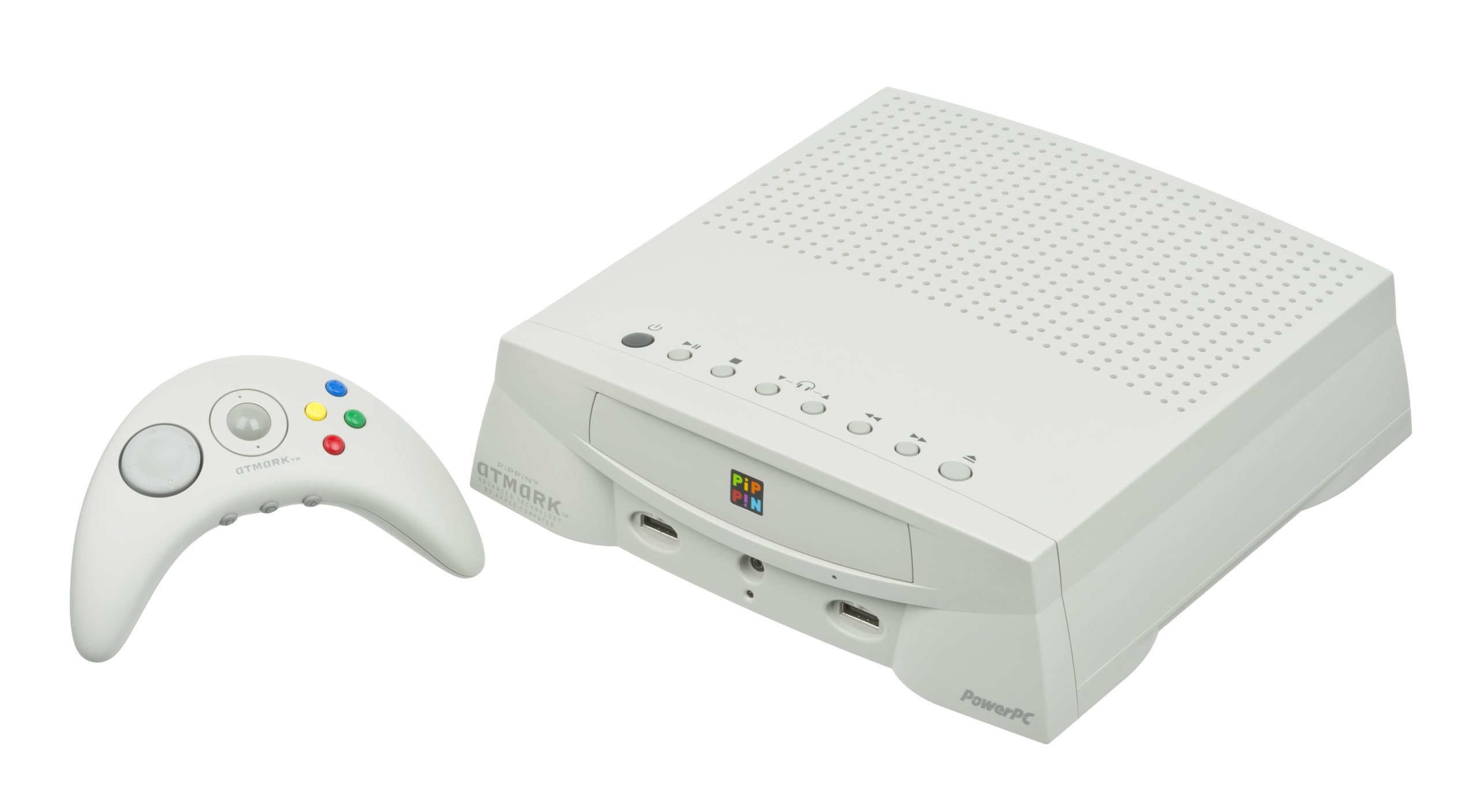
Ah yes, the Pippin. It's unlikely that you've heard of Apple's failed attempt at breaking into the gaming industry — let alone the few games that it released during its incredibly short lifespan. Needles to say that, in spite of its best efforts, the quirky console never actually went on to sell all that well. The reason for its low sales, you ask? Well, potential consumers just didn't really know what they were buying in to.
You see, the Pippin was designed by Bandai, and the software was developed by Apple. Together, the two companies aimed to make a console that could both play games and browse the web. The products that eventually came to the system, however, were mixtures of trivial games, computer programmes, and redundant applications. Due to this, the Pippin was a complete and utter bust, and the market simply couldn't make heads or tails of what its purpose was, or even if it was worth the asking price. Long story short, the Pippin was put to an end in 1997, exactly one year after it debuted. It was only when Apple introduced the App Store, of course, that the company redeemed itself for its past mistakes.
2. Game Wave

In a bid to counter the abundance of violent video games that were releasing left, right, and center during the early noughties, ZAPiT Games made an attempt at building a new home console, one that would appeal to conservative parents and Christian folk. This idea eventually blossomed into the Game Wave, a DVD player with the added abilities to house family-friendly video games and wholehearted quizzes. Did it sell? Well, sort of.
After narrowing in on its target demographic, the Game Wave actually went on to sell around 70,000 units over its four-year lifespan. Thanks to entries like Veggie Tales, which was basically a watered-down copycat of Super Mario, the system managed to find a place in a fair few Christian households. But to the remainder of gamers, it was merely a footnote on the market, and one of those consoles that would later be forgotten about in the weeks following its 2009 departure. And it was.
1. Game Station 5
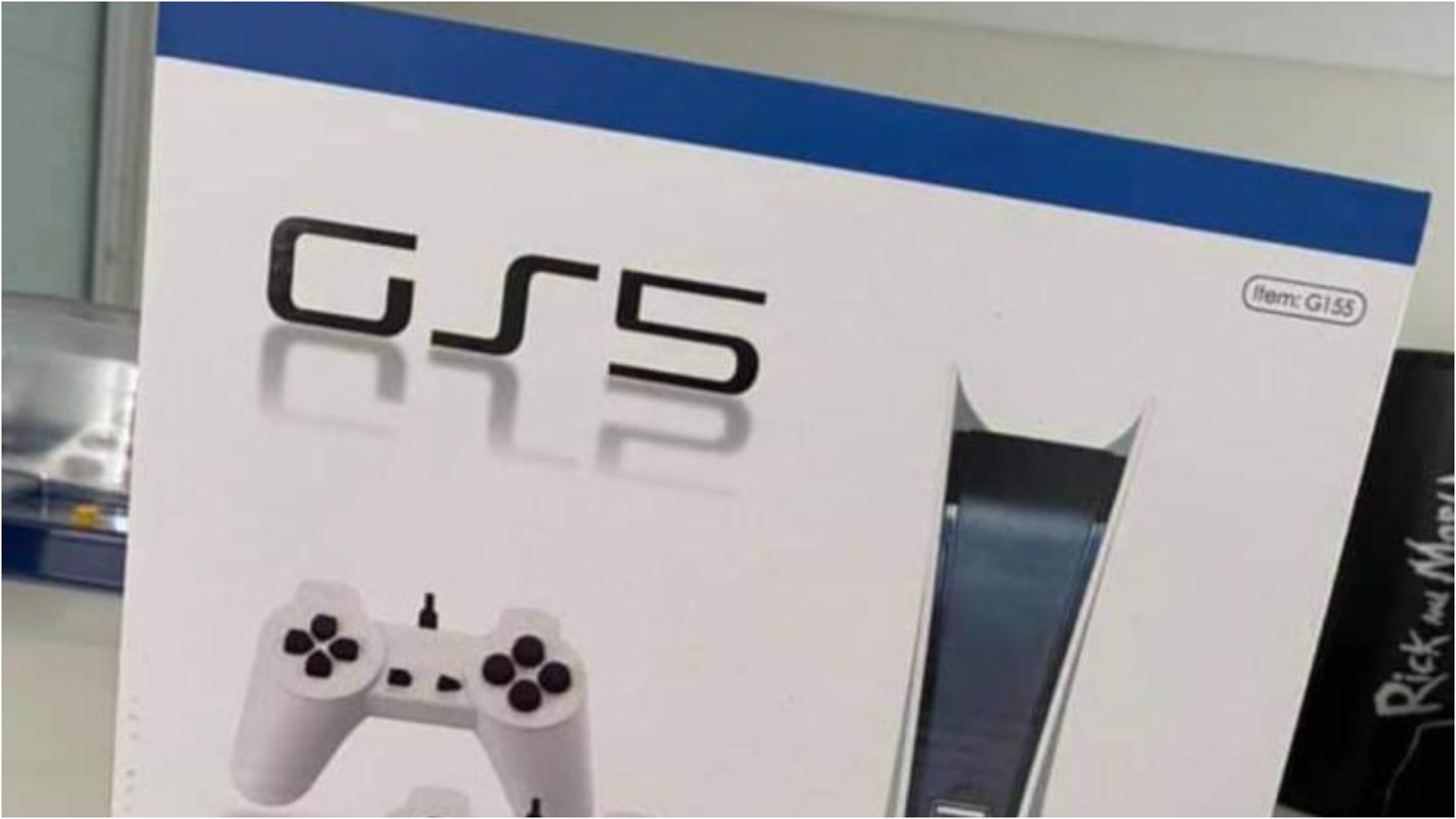
The Game Station brand has been ripping off Sony's PlayStation designs ever since it caught wind of the first console. And to this day, its creators manage to waltz away without its rivals batting so much as an eyelid. And its similarities are uncanny, to the point of making you wonder just how many parents have accidentally purchased the wrong system in a last-minute rush to please their kids. The only individual that would be able to tell the difference, of course, is a gamer.
The GS5, which is of course a direct copy of the PS5, is a $30 console that boasts a rough 200 NES games, all of which come preloaded for buyers' convenience. And you may not believe it, but this console has actually made quite a bit of money, as have its past several releases. How it continues to get away with floundering about without any repercussions, though, is beyond me.
So, what's your take? Have you ever heard of any of the above five? Are there any unusual consoles we should know about? Let us know over on our socials here or down in the comments below.


